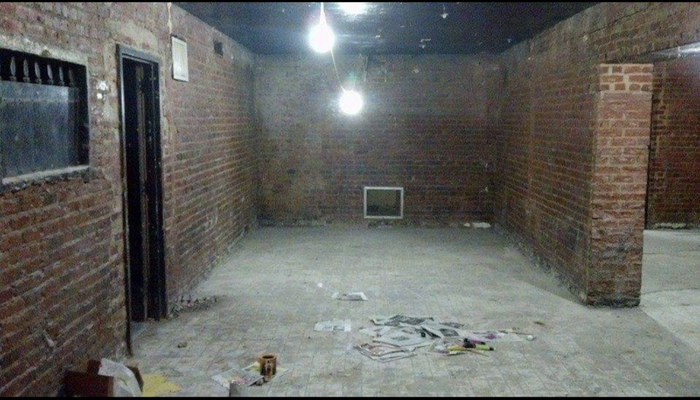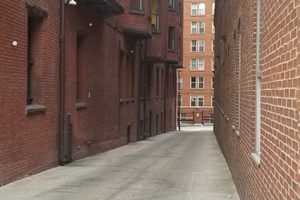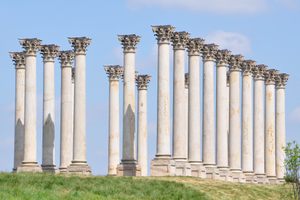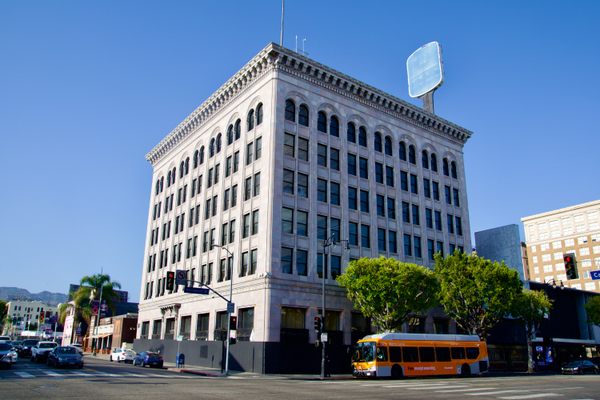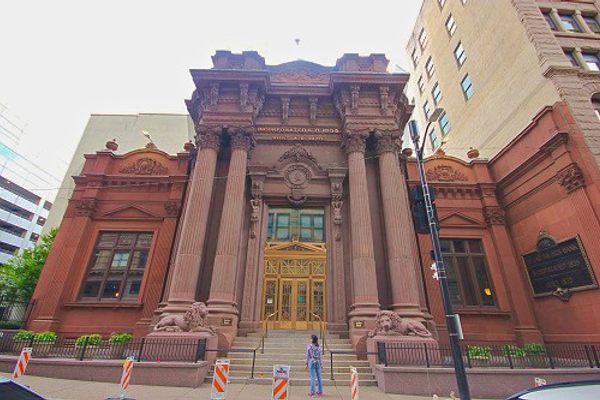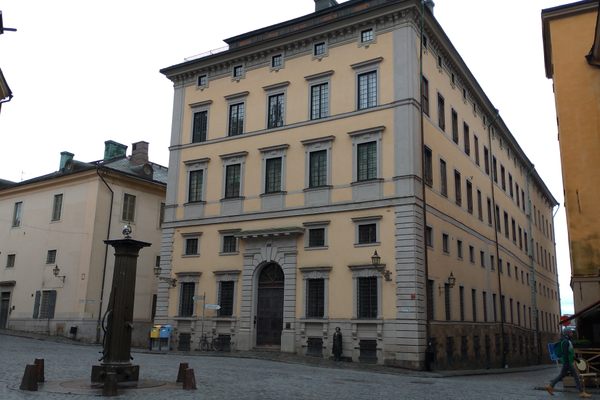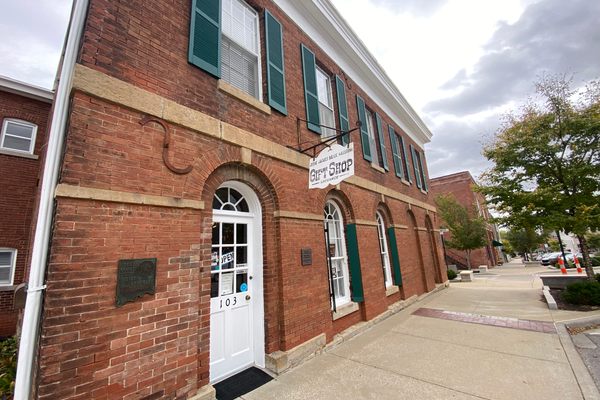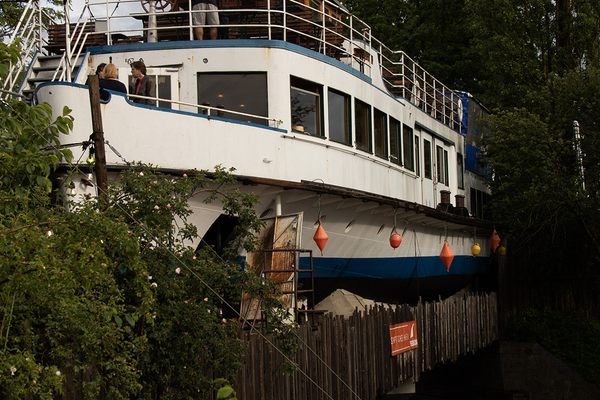About
When considering famed financial institutions in the nation's capital, people might think of Riggs Bank in Georgetown or perhaps the Bureau of Engraving and Printing. But behind a quartet of imposing ionic columns and massive brass doors in downtown D.C., the ghosts of this beautiful and historic building's many iterations weave fascinating tales of its multifaceted past.
Built in 1912 by two local architects, Frederick B. Pyle and Arthur B. Heaton (collectively responsible for designing the Hecht Building, King's Palace, and the National Cathedral), the distinguished edifice became home to the Equitable Collective. These institutions were created for the purpose of helping people of modest wealth to save money and obtain home loans on better terms than they would be able to negotiate with banks. In 1955, the institution changed its name to Equitable Savings and Loan Association.
It started opening branches in Maryland, in the 50s, and ultimately relocated its headquarters to the suburb of Wheaton in 1971. The original D.C. branch remained open until 1985, when Equitable Savings and Loan moved its operations.
In 1980, the old Atlantic Building directly across the street had become the first home of D.C.'s venerated live music venue the 9:30 Club, likely inspiring the next wave of tenants at 915 F St. In 1986, the Equitable building's new tenants turned it into a nightclub, appropriately named the Bank. The club lasted for only two years, but in 1989, a bold collective spawned perhaps the most epic club night in D.C. history: the Fifth Column.
Billed as an art club and night gallery, the Fifth Column featured multiple dance floors filled with diverse musical styles. It was all framed with avant-garde art installations that sharply contrasted with the building's classical architecture, but somehow fit perfectly with the diverse and open vibe. The Fifth Column, which frequently drew a line of clubgoers stretching all the way around the corner at F and 10th streets, had a strong run of over five years before filing for bankruptcy in 1995.
Platinum was the next nightclub to inhabit the building, boasting a swanky vibe that drew strong reviews and large crowds from the late 90s through 2008, at which point a teen dance club called Club Bounce enjoyed a brief stint in the space. A shooting nearby led to its closure in October of that year.
The next owners planned a Museum of Arts and Sciences that never came to fruition, and in 2011 the building was bought by a developer with plans to use it as a retail or restaurant space. Today, it is a location for the restaurant Succotash, which serves southern cuisine. Thanks to the efforts of the D.C. Preservation League, patrons are able to experience the beauty of the grandiose exterior and main banking room, which have retained their classic charms for 110 years.
Related Tags
Know Before You Go
Equitable Cooperative Building Association was added to the National Register of Historic Places on December 29, 1994.
Published
October 4, 2022


